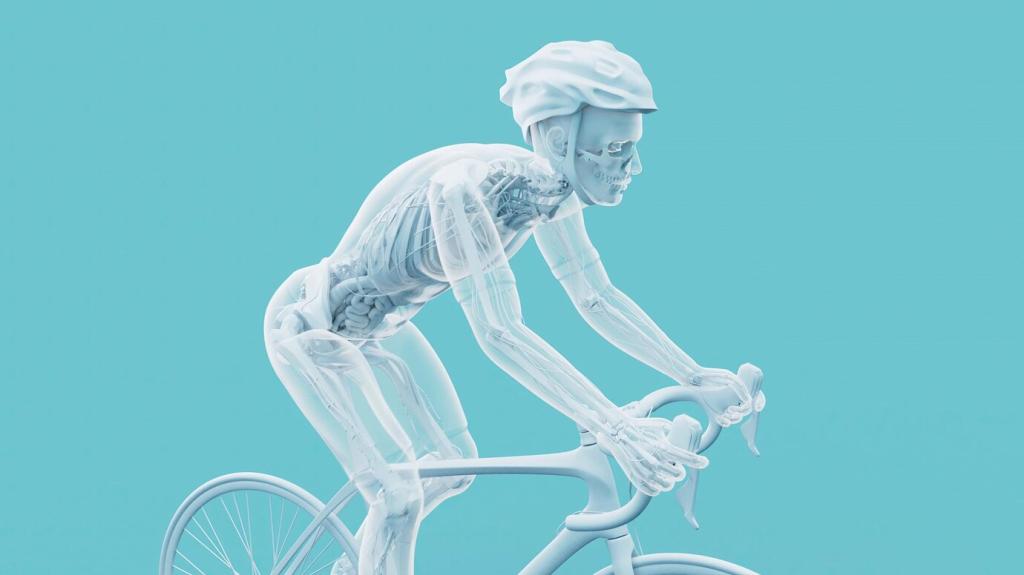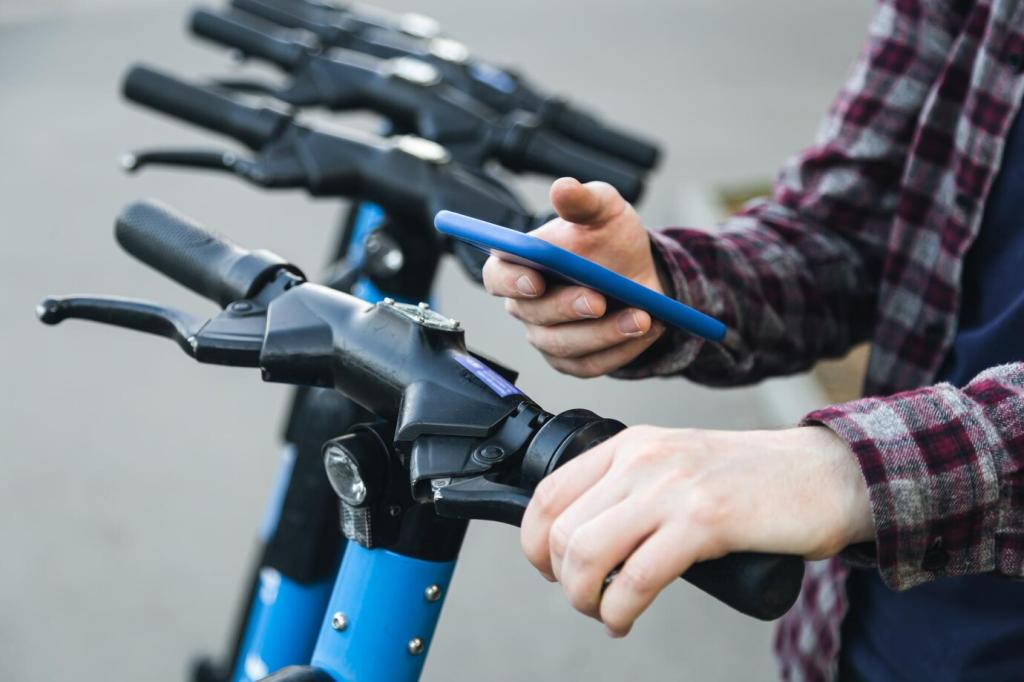Smart Suspension: Electronics, Sensors, and Algorithms
Systems that switch between open, pedal, and firm modes use accelerometers and algorithms to react faster than your thumb. On rolling terrain, they reduce energy losses without dulling the ride, especially noticeable during marathon days. If you fine-tune thresholds or sensitivity, document the trail conditions and cadence where it shines. Would you trust auto-modes on race day?
Smart Suspension: Electronics, Sensors, and Algorithms
Telemetry tools record shaft speeds, positions, and impacts, translating trail chaos into actionable graphs. They reveal underdamped sections, harsh top-outs, or deep-stroke clunks you might miss by feel alone. Try correlating your notes with ride files, then tweak low-speed compression or rebound in small steps. Share a chart or a simple before-and-after impression from your latest tuning session.
Smart Suspension: Electronics, Sensors, and Algorithms
Electronics add wires, batteries, and firmware into the dirt, so consistent charging and clean ports matter. Keep spares ready for big trips and inspect connectors after washes. Most riders still prefer manual overrides for emergencies and personal feel. How do you balance tech convenience against simplicity? Tell us what would convince you to adopt smart suspension full-time.






